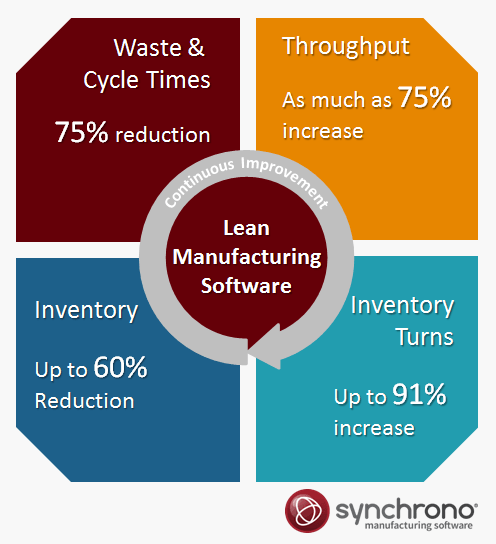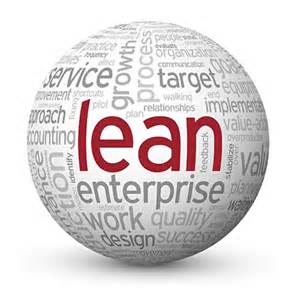Category: Lean Manufacturing Software
 Lean Manufacturing Software
Lean Manufacturing Software
What software do you need to become a lean, demand-driven manufacturer?
These short articles will explore facets of lean manufacturing software and provide practical tools and techniques that outline how the modern manufacturer uses technology to empower their machines, methods, people and processes – to become more demand-driven and gain competitive advantage.
The authors also discuss the ways that technologically-enabled, synchronized, lean manufacturing software is implemented using best practices and preventing production disruptions. Our expert project manager describes her implementation planning philosophy to great effect.
You will learn how using demand-driven manufacturing software controls replenishment processes; helps utilize and open up capacity; and enables manufacturers to react to changes in customer needs.
Learn more by reading this white paper that describes how lean manufacturing software transforms planning, scheduling and execution on the factory floor.
Lean Manufacturing Software Best Practices for Leaders
Lean Manufacturing Leadership Tools
Using Lean Manufacturing Software to Be More Demand-Driven
Using Lean Manufacturing Software and the Theory of Constraints Together
What To Use to Become More Demand-Driven
Implementing Lean Manufacturing Software
Project Management for Lean Manufacturing Software: Relationships
Project Management for Lean Manufacturing Software: Documentation
Project Management for Lean Manufacturing Software: Communication
Project Management for Lean Manufacturing Software: Documentation, Part 2
-

The Pros and Cons of Consolidating Manufacturing ERP Systems
Managing operations through multiple manufacturing systems can be challenging, but it’s a daily reality for many manufacturers. In this post, we’ll look at the pros and cons of consolidating ERP systems – and propose an alternative. When Two Worlds Collide Whenever two or more organizations merge, they are almost always using different ERP systems.…
-

Fast Results Using TOC for Demand-Driven Manufacturing – Part Two
Manufacturers use constraints management first to gain the most demand-driven change Last time, we talked about focusing on enterprise improvements rather than local efficiencies using constraints management (TOC). We discussed that continuous improvement tools such as TOC, Lean and Six Sigma work like “sandpaper” on an organization’s processes, smoothing various stages of their demand-driven journey.…
-

Lean Manufacturing Driven by Rapid Return on eKanban Technology Investment
Lean Manufacturing relies heavily on trusted relationships with suppliers and pre-negotiated terms of engagement. Through the use of supplier quality certifications and blanket (long-term) purchase orders, a manufacturer can accurately and effectively calculate the optimal level of inventory needed to fulfill demand requirements through the duration of replenishment lead time. Ensuring supplier performance When a…
-

Common Lean Manufacturing Software Project Constraints
Leveraging Project “Constraints” and Maximizing Results As a project manager for demand-driven, lean manufacturing software, I have more than a nodding acquaintance with the theory of constraints (TOC). What I find quite remarkable is the ability to apply the theory of constraints to other…
-

Life Hack 101: Doing Implementation Documentation Right
The Who, When, What and Where for a Solid Project Doc Strategy Imagine if your most important photos—your child’s first birthday party, the day you brought home your new dog, that awesome vacation in Europe—were all lost forever. Your computer fell into the bathtub or the hard…
-

When Manufacturing Improvements Have Too High a Price
Engineering design fiascos – spending thousands to save pennies This is a true story. The names have been changed to protect the innocent. It’s meant to illustrate how using constraints-based thinking can uncover the hidden price of cost-cutting projects. Several years ago, a friend of…
